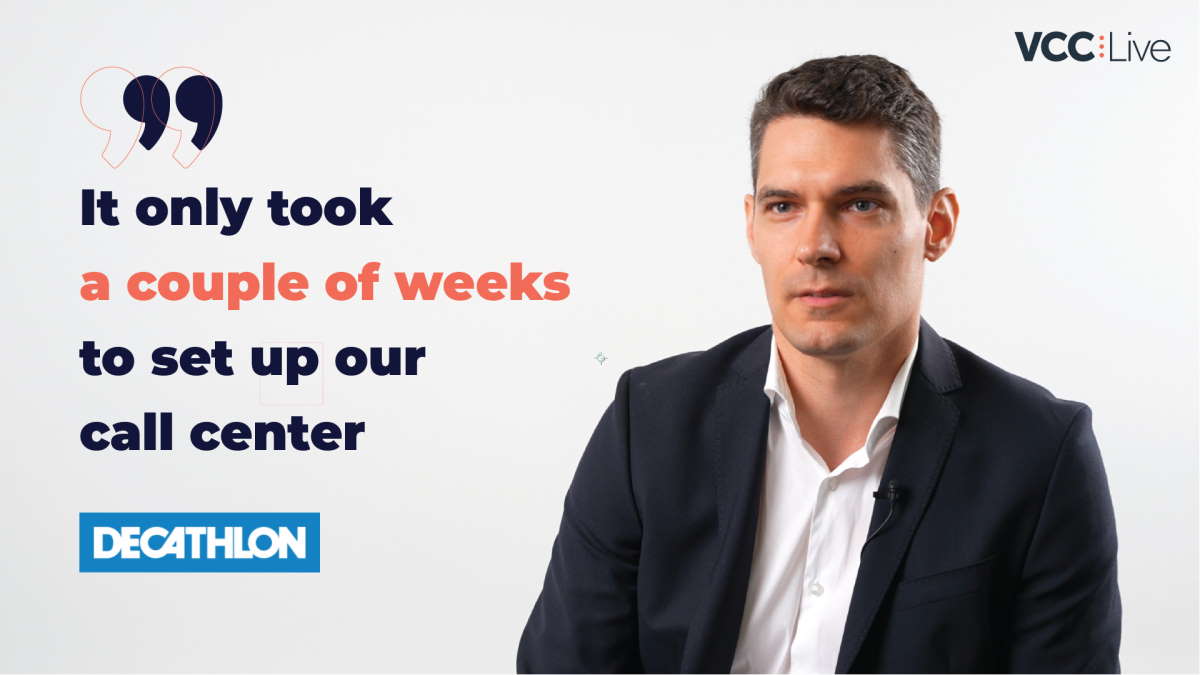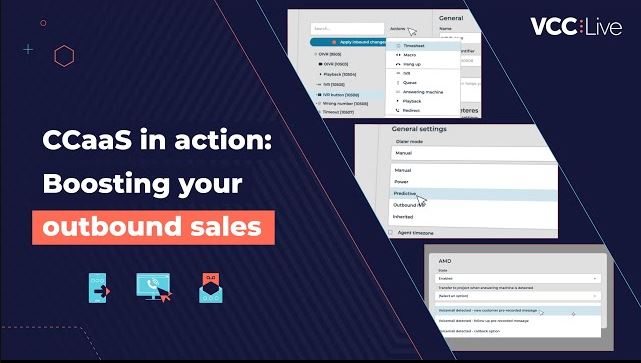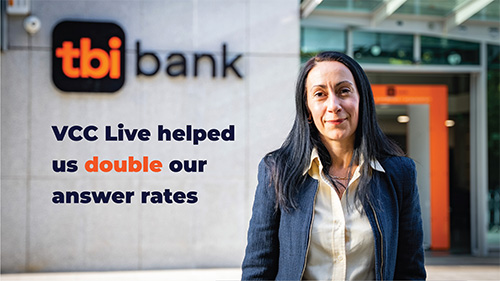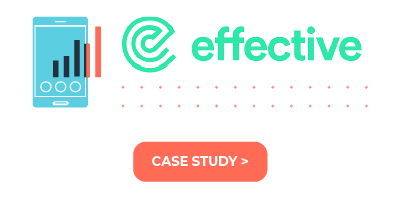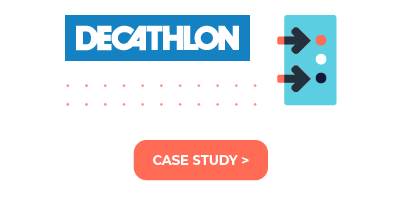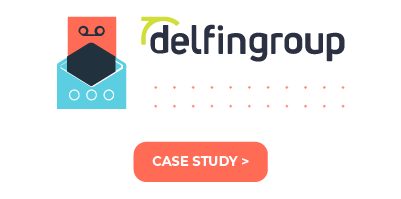Working as a call center agent is probably not on the top of employees’ dream job lists. But despite stereotypes, call center agent jobs can be excellent stepping stones to higher positions. For instance, with hard work, you can get promoted to call center supervisor, call center manager, or even head of customer service.
So, you decided to work your way up in the call center industry. It has already been some time since you nailed that agent interview and entered the fast-paced world of call centers. Since you joined the industry, your skillset has definitely expanded: you’ve acquired knowledge and deep understanding of the business.
You’re clearly a valuable asset to the company, and you feel you’re ready to take your skills to the next level. The good news is your chances are excellent: according to a research conducted by the Call Center School, over 80% of call center supervisors were moved into their positions from call center agent jobs. In other words, 8 out of 10 supervisors were once agents. Not bad, right?
But are you aware of the skills a call center supervisor needs to master in order to get that desired promotion? Here’s some advice on how to get promoted to call center supervisor!
Master the ins and outs of your call center agent job
First, let us be clear: call center supervisors have a whole bunch of responsibilities. They supervise and coordinate call center agents and liaise with the management. They also handle escalation calls, customer complaints, and agent requests on a daily basis. So, in short, call center supervisors deal with a lot.
Knowing the ins and outs of your current position is the first and inevitable step towards your promotion. Are you confident in handling all kinds of customer calls? If not, read our blog post on how to handle incoming calls in a professional way.
Do you have a deep understanding of the technical background and metrics? Call center supervisors need to see the whole picture, so if your answer is no, you still have some way to go. Here you can find some pro tips on how to measure call center efficiency.
The biggest challenge for agents working in the call center environment is to stand out from the crowd. Working in a large team of agents clearly makes it difficult to get noticed, but it’s definitely not impossible. It’s all about how you approach work: you just have to be a little bit better than the other agents.
Hit your KPIs
Simply put, working in the call center is about hitting targets. Hitting your KPIs is one of your main responsibilities, and something that will surely help you stand out. In a busy call center, you have to be a high-achiever by constantly proving that you can outperform your peers.
Among the several call center KPIs, these are the ones that will help you keep track of your performance: service level, average handle time, first call resolution, average after call work time, and customer satisfaction.
For instance, if you have the lowest average handle time with the highest first call resolution, naturally, the management will want to know how you did it.
So, in short, always keep track of your performance metrics! Hitting your KPIs is probably your best chance to get noticed by the people on top.
Go the extra mile – and get that promotion!
Mastering your call center agent job is a great start, but unfortunately it won’t make you a supervisor. Bear in mind that a call center supervisor coordinates a team of up to 100 call center agents, so you’ll need strong leadership and people management skills.
But how you can develop these skills as a call center agent? If you want that promotion, you’ll have to go the extra mile. For instance, participating in voluntary mentorship programs will allow you to get familiar with people management skills.
We’re living in the age of lifelong learning, so consider enrolling in a specialized course to pick up some leadership skills. There are tons of opportunities out there, from customer service schools to online courses. Check the possibilities, and find the right solution for you. For example, Udemy is a great online learning platform where you can find numerous online courses in leadership and people management.
If you master your current position and successfully demonstrate your leadership skills as well, it is more than likely that the people on top will start considering you for that supervisor job.
Have your colleagues’ respect
A number of studies show that being well-liked by your co-workers will actually increase your chances of getting promoted. So, it’s time to ask yourself: do your co-workers like you?
Call center supervisors are usually promoted from their call center agent jobs. This means that after getting promoted, you may be coordinating employees who were once your peers. Of course, it’s easier to coordinate people who like you, isn’t it?
So, if you want to get promoted, it’s also important to build a good relationship not only with your management, but also with your colleagues. Start socializing and get to know as many of your co-workers as you can.
Providing help for your colleagues will surely make you valuable to your team, and you will also win your co-workers’ respect. Plus, the management will sooner or later notice your extra efforts, and you can make them aware of your hard work. With some luck, even your peers will support your promotion!
So, good luck with getting promoted! A promotion won’t just fall into your lap, but if you go the extra mile, your efforts will pay off! Remember, master your agent job, develop leadership skills, and cultivate the relationship with your co-workers. This will surely get you on the right path.
